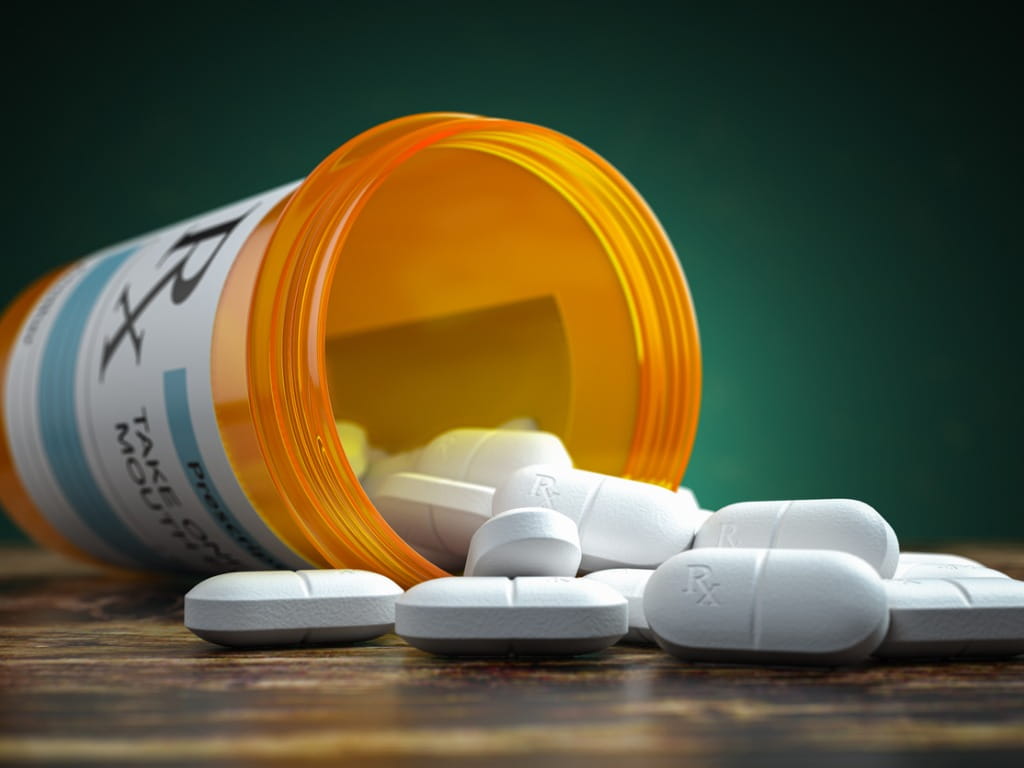How do SGLT-2 inhibitors help treat heart failure?

The Bottom Line
SGLT-2 inhibitors are effective in treating heart failure for patients with and without diabetes. Because of their benefits in reducing death and hospitalizations from heart failure, these medications are being used more often.

The Full Story
Sodium glucose cotransporter-2 (SGLT-2) inhibitors are medications that end with “gliflozin”, including canagliflozin (brand name Invokana®), dapagliflozin (Farxiga®), and empagliflozin (Jardiance®). They work by decreasing the amount of glucose (sugar) that is reabsorbed by the kidney. Sugar that is not reabsorbed is excreted in the urine, which means that SGLT-2 inhibitors increase the amount of sugar that is removed from the body in the urine. These medications lower blood sugar in people with diabetes. More recent research shows these medications can also help patients with heart failure, even if they don’t have diabetes.
It is believed that SGLT-2 inhibitors help treat heart failure by helping the body eliminate extra water, by making the blood vessels more flexible, and by improving the way the heart uses energy. Studies have shown that when SGLT-2 inhibitors are added to other standard medications, they decrease the risk of heart failure hospitalization and death from heart disease in patients with and without diabetes. SGLT-2 inhibitors may also have protective effects on the kidneys. For these reasons, more patients with heart failure are likely to be prescribed SGLT-2 inhibitors in combination with other medications, such as angiotensin-converting enzyme inhibitors (such as lisinopril or Zestril®) , beta-blockers (such as metoprolol or Lopressor®), spironolactone (Aldactone®), and diuretics (water pills such as Lasix® or furosemide).
SGLT-2 inhibitors are generally well tolerated and rarely cause low blood sugar, even in patients without diabetes. The dose of medication used may vary depending on whether the patient has diabetes and heart failure or just heart failure alone. Patients with diabetes and heart failure may need higher doses to improve blood sugar control. Patients with kidney problems may need lower doses.
There are some important adverse effects and drug interactions to be aware of when using SGLT-2 inhibitors. Because SGLT-2 inhibitors cause increased urination and are often combined with diuretics that do the same, patients can become dehydrated and develop low blood pressure. Patients that are on diuretics already may need to have the dose of the diuretic lowered when starting an SGLT-2 inhibitor. Increased elimination of sugar in the urine can cause urinary tract infections and genital yeast infections. These may require treatment with an antibiotic or an antifungal medication. More rare but serious effects include severe diabetic foot infections, kidney failure, and ketoacidosis (buildup of acid and ketones in your system).
You should let all members of your healthcare team know what medications (including prescription and over-the-counter medications and supplements) you are taking so they can look for drug interactions and monitor your therapy. If you experience adverse or unexpected symptoms from an SGLT-2 inhibitor, get guidance from Poison Control immediately. Get a fast personalized recommendation online or call 1-800-222-1222. Both options are free, confidential, and available 24 hours a day.
Maryann Amirshahi, PharmD, MD, MPH, PhD
Medical Toxicologist
Poisoned?
Call 1-800-222-1222 or
Prevention Tips
- Seek medical attention if you are on an SGLT-2 inhibitor and you develop new symptoms, such as painful urination, feeling weak or dizzy, or have a rash in your groin area.
- If you have diabetes and you take an SGLT-2 inhibitor, check your blood sugar regularly as directed by your doctor.
- Follow your doctor’s instructions regarding fluid intake if you are taking an SGLT-2 inhibitor.
This Really Happened
Case #1: A 48-year-old woman with a history of diabetes and heart failure who was on empagliflozin came to the emergency department because of frequent and painful urination and a rash near her genital area. She was diagnosed with a urinary tract infection and a vaginal yeast infection. She was treated with antibiotics and antifungal cream and was discharged home without any complications.
Case #2: A 76-year-old-man came to the emergency department feeling weak and dizzy. He took empagliflozin and a water pill for his heart failure. His blood pressure was low and he appeared dehydrated. He was given a small amount of intravenous fluid to treat his dehydration and was discharged home with a decreased dose of his water pill. He had an uneventful recovery.
Case #3: A 52-year-old man taking canagliflozin had a stomach bug with nausea, vomiting, and diarrhea for a couple of days. He came to the hospital because he couldn’t keep any food or fluids down. His lab work showed that he was dehydrated and had a mild degree of kidney failure. Despite having a normal blood sugar, he had ketoacidosis. He was treated with fluids and anti-nausea medications and made a full recovery after a few days in the hospital.
For More Information
AMJC. SGLT-2 inhibitors shine as treatment for patients with heart failure.
Everyday Health. New heart failure guidelines add 4th drug to treatment regimen.
References
Poisoned?
Call 1-800-222-1222 or
Prevention Tips
- Seek medical attention if you are on an SGLT-2 inhibitor and you develop new symptoms, such as painful urination, feeling weak or dizzy, or have a rash in your groin area.
- If you have diabetes and you take an SGLT-2 inhibitor, check your blood sugar regularly as directed by your doctor.
- Follow your doctor’s instructions regarding fluid intake if you are taking an SGLT-2 inhibitor.
This Really Happened
Case #1: A 48-year-old woman with a history of diabetes and heart failure who was on empagliflozin came to the emergency department because of frequent and painful urination and a rash near her genital area. She was diagnosed with a urinary tract infection and a vaginal yeast infection. She was treated with antibiotics and antifungal cream and was discharged home without any complications.
Case #2: A 76-year-old-man came to the emergency department feeling weak and dizzy. He took empagliflozin and a water pill for his heart failure. His blood pressure was low and he appeared dehydrated. He was given a small amount of intravenous fluid to treat his dehydration and was discharged home with a decreased dose of his water pill. He had an uneventful recovery.
Case #3: A 52-year-old man taking canagliflozin had a stomach bug with nausea, vomiting, and diarrhea for a couple of days. He came to the hospital because he couldn’t keep any food or fluids down. His lab work showed that he was dehydrated and had a mild degree of kidney failure. Despite having a normal blood sugar, he had ketoacidosis. He was treated with fluids and anti-nausea medications and made a full recovery after a few days in the hospital.
